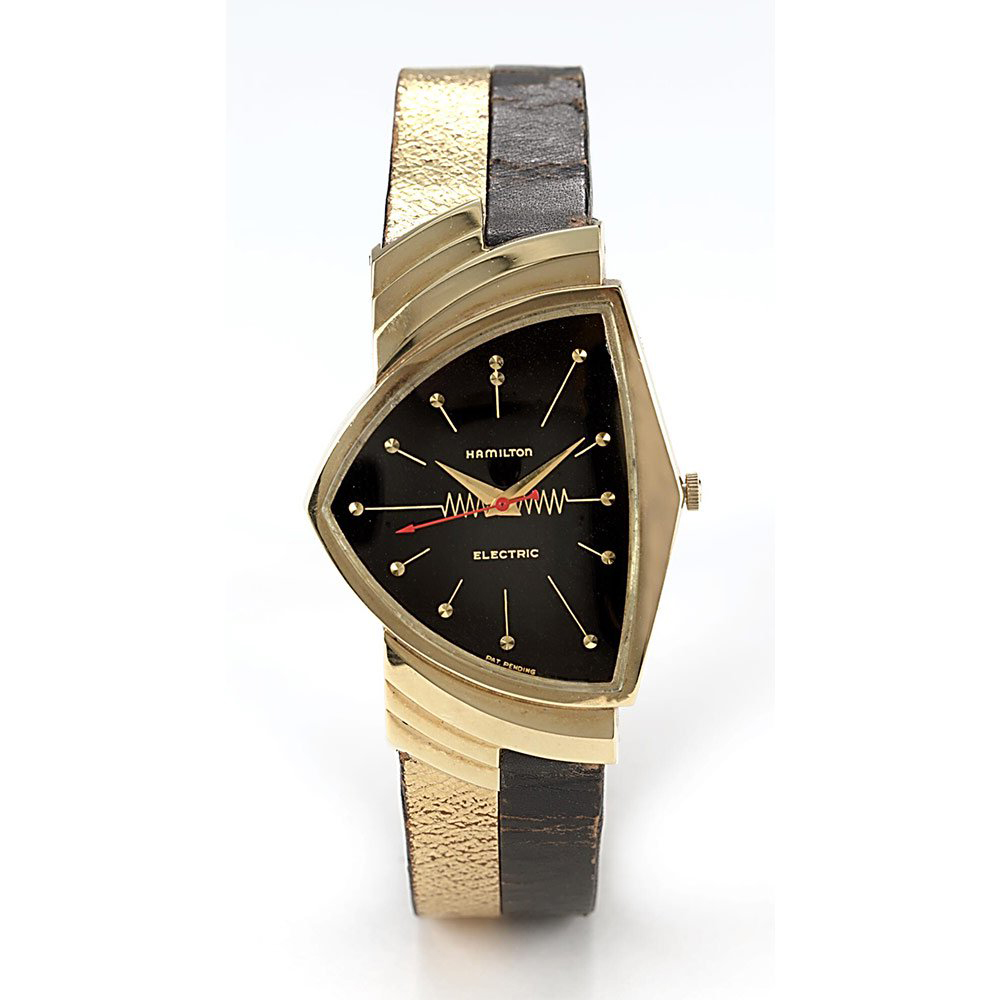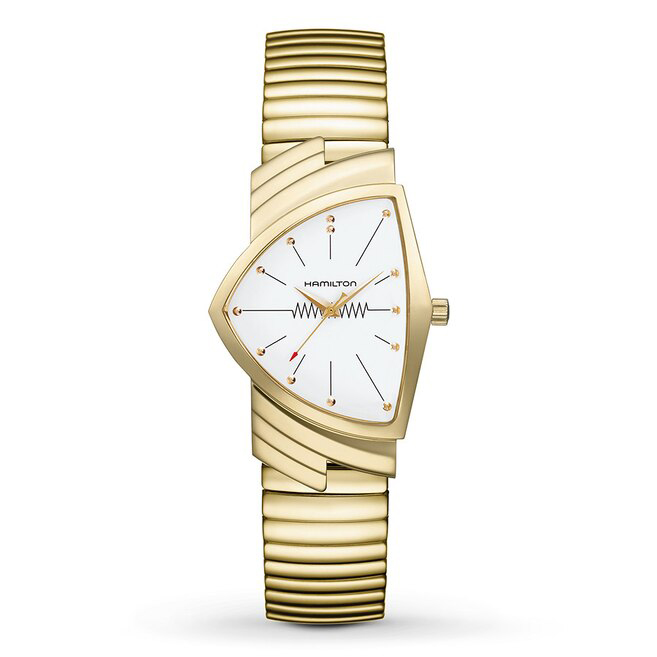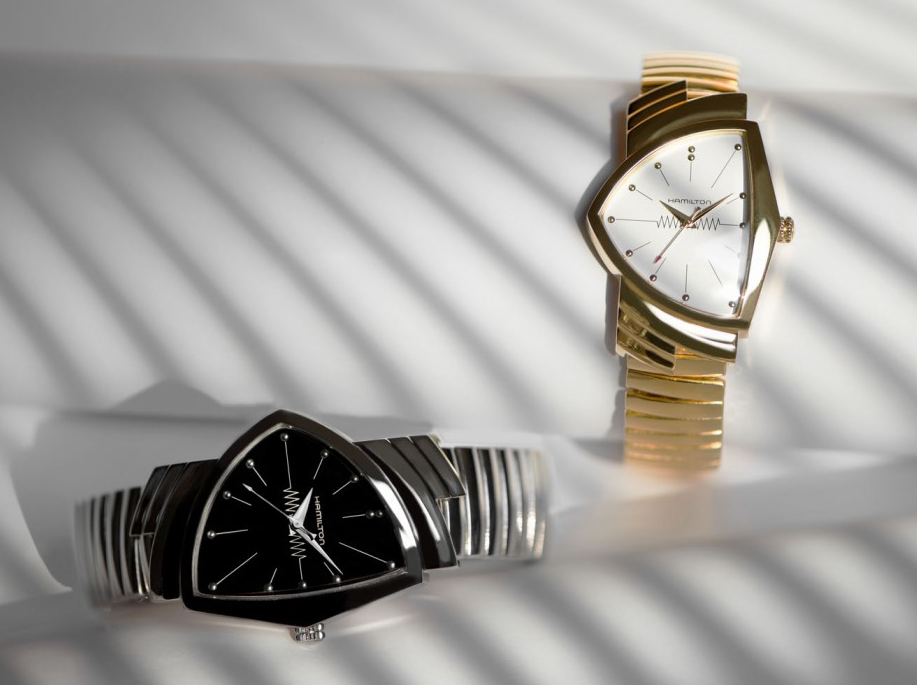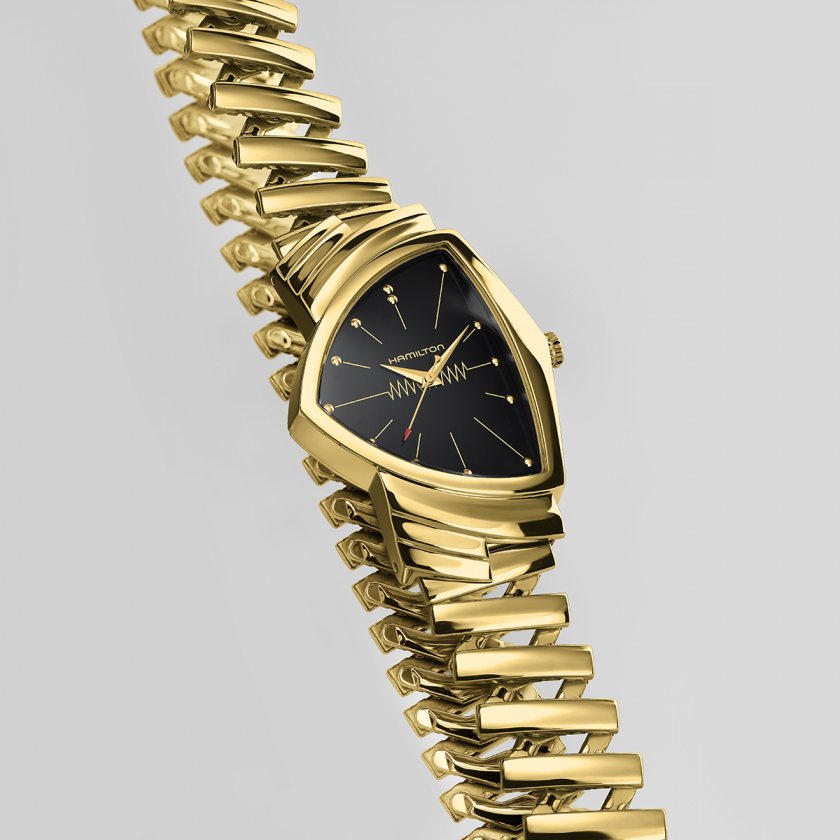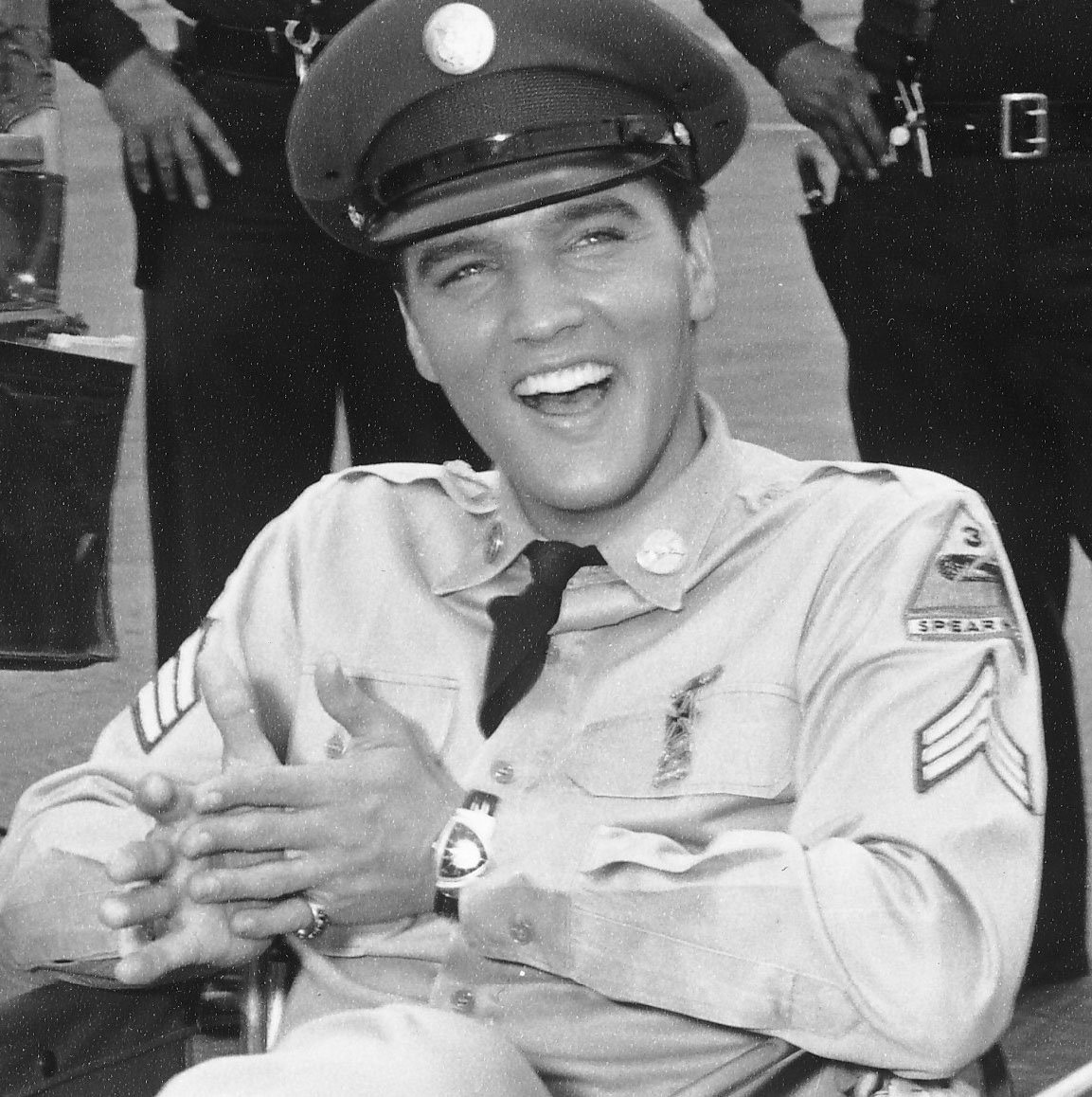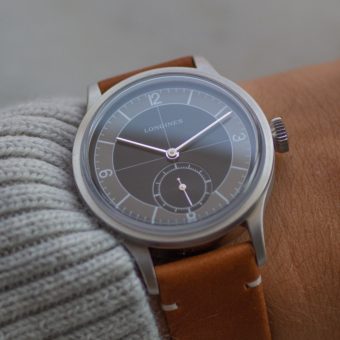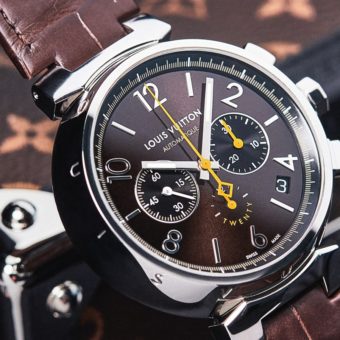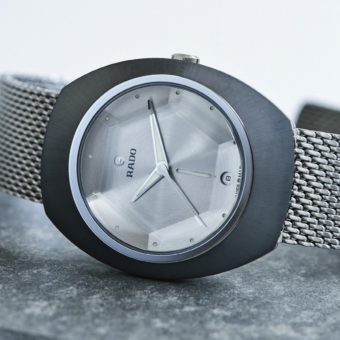In my experience, most die-hard watch fans prefer mechanical watches, and this is especially true among vintage-watch enthusiasts. But the Hamilton Ventura is one of those exceptions that proves the rule, and I would argue it is perhaps even more desirable by virtue of its quartz movement. This space-age watch was developed to demonstrate hyper-accuracy and focus on the mission at hand, and there is no better power source to uphold this ethos than quartz.
The original Ventura was released in 1957, becoming one of the world’s first electrically powered watches. It was a watch that preceded Bulova’s Accutron model from 1960, with its electric tuning fork, and also the game-changing Seiko Astron, which set off the Quartz Crisis across the industry in 1969. For its technological innovation and unusual design, it became the watch of choice for movers and shakers across the Western world, most notably becoming Elvis Presley’s signature watch for much of his career. Today, the piece has received a fair amount of press for its role as the official watch of the Men in Black movie franchise and is being revived in marketing campaigns touting its futuristic character, just the same as it was more than 60 years ago.
The modern Ventura collection includes many different designs with many different movements — both quartz and mechanical — but at its center remain three models that channel the original look of the watch to speak to a modern audience. Each of these watches use a 31-mm triangular steel case, with its distinct asymmetrical style, hooded lugs, and — notably on the gold-colored version — a vintage style “flex” bracelet.
On the dial of the watch, available in either black or white, are applied dot hour markers following the outline of the triangular bezel, with a double dot at the 12 o’clock position, and printed lines drawn from the markers towards the center of the dial. At the center of the face is a wavy line recalling the electric history of the watch, overlaid with shrunken dauphine-style minute and hour hands with an additional arrow pointer for the seconds hand, which is further accentuated on the gold-colored model with its red tip. Inside each gold-colored Ventura is the quartz Caliber F03.101, an ETA-manufactured movement. Hamilton has priced this version of the Ventura at $895, while the steel model, which uses the same movement, is marketed at $875.
The three neo-vintage models are obvious reflections of the 1950s model worn by Elvis, and positively carry its electrifying design. From the unique triangular shape of the case with its asymmetric lugs, to the applied dot hour markers, to the prominent electric wave running across the watches’ centers—the modern Ventura works to carry the legacy of the first electric watch to a curious modern audience. Funnily enough, none of these models actually use the original bracelet and style configuration of the 1957 Ventura, which opted for a gold-colored case, black dial, and black-and-gold leather bracelet to further add to the interest of the piece. This is unsurprising, as black and gold is not only one of the least popular color options these days, but it’s basically non-existent in bracelet design.
What is helpful to keep in mind is that the original Hamilton Ventura was only in production for about seven years, before the low demand for what was then seen as primarily a rock-and-roll novelty watch resulted in its discontinuation. That’s the thing about neo-vintage models: so many of the historical watches we cover in this series weren’t wildly popular in their time, nor did they maintain lasting relevance directly after their peak moments, yet in our modern nostalgia and with the massive expansion in vintage-inspired collecting, we are now able to deem some watches, essentially, icons in hindsight. The Ventura, in this way, is like an artist unappreciated in life yet cherished and lauded in death — gaining the recognition it deserved, yet so many years later.
For the most recent article in the “Vintage Eye” series, in which we take a look at Atelier de Chronométrie’s watches and compare them to their historical inspirations, click here.
Caleb Anderson is a freelance writer with a primary focus on vintage watches. Since first discovering horology, he has garnered extensive knowledge in the field and spends much of his time sharing his opinions among other writers, collectors, and dealers. Currently located near New York City, he is a persistent student in all things historical, a writer on many topics, and a casual runner

